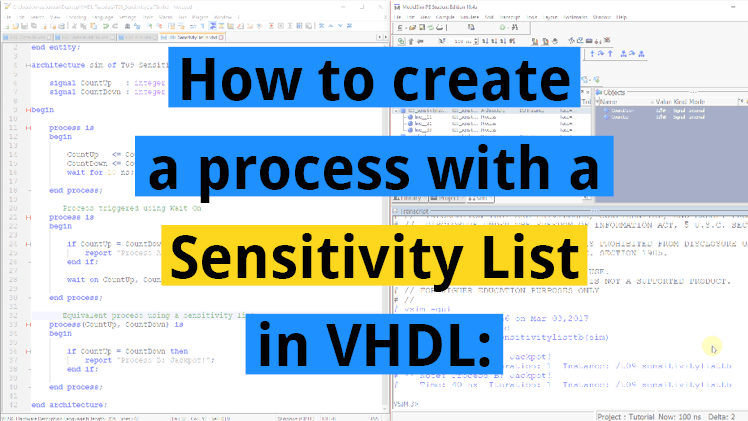ss_reddy23
Newbie level 6

I'm trying to design 4 bit division circuit and used a comparison and subtraction technique to reach the answer. The logic is correct but the code has some bugs. The waveform is not correct. Can someone look into the code and waveform and say whats the problem is
Code VHDL - [expand]
Attachments
Last edited by a moderator:




